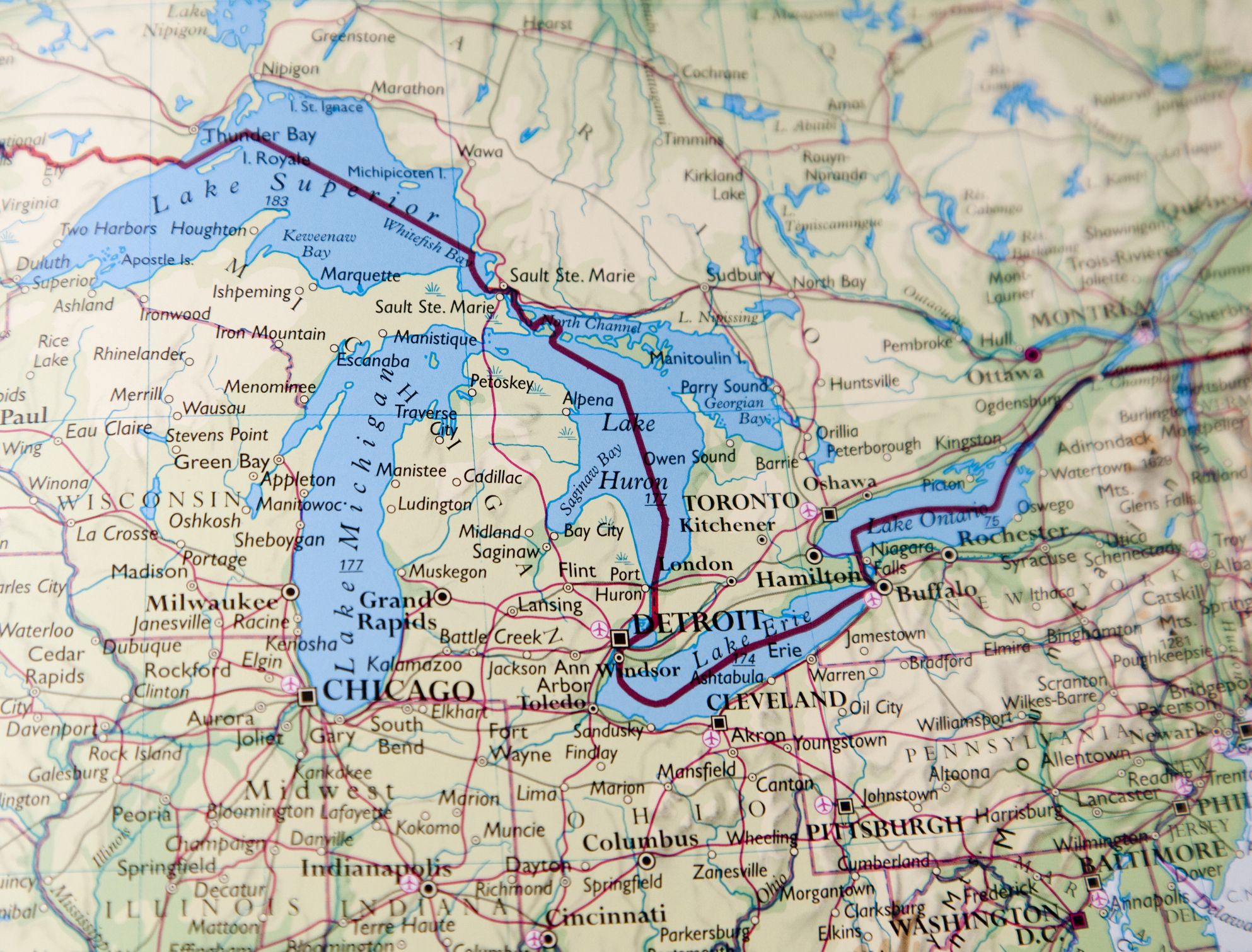As communities across the Great Lakes region grapple with contaminated drinking water due to toxic PFAS chemicals, a new National Wildlife Federation report outlines how state and federal officials can and should set clean water protections. The report also outlines how officials can support water infrastructure investment and back cutting-edge research to prevent and remediate insidious PFAS pollution.
PFAS chemicals pose a serious risk to human health. Studies have documented multiple effects, including cancers in highly exposed groups, impacts to the immune system, and impacts to metabolism. Troublingly, PFAS chemicals are being found in both public and private drinking water supplies across the Great Lakes region and nation.
Sandy Wynn-Stelt, a resident of Michigan whose PFAS levels in her blood far exceed average limits, lives on property with PFAS-contaminated groundwater. “You cannot imagine how PFAS contamination changes your community,” she said. “It is important for all of us that we find ways to identify contamination. We also need to provide communities with safe drinking water, have available biomonitoring for all affected residents, and have legislation that makes this class of chemicals a hazardous substance so that cleanup and remediation can take place.”
The new report by the National Wildlife Federation details the science around PFAS chemicals and focuses on impacts they have in the Great Lakes region. The report also examines policy and legal solutions to tackle the problem, and highlights efforts that are underway to address PFAS in states around the Great Lakes such as Minnesota, Wisconsin, and Illinois.
“We’re playing catch-up to a crisis that has been unfolding for decades, and state and federal lawmakers need to act with urgency,” said Oday Salim, staff attorney at the National Wildlife Federation and co-author of the report. “The good news is that public officials have tools at their disposal to confront the PFAS crisis and to protect the health of people and wildlife. We urge elected officials to act now, before the problem gets worse and more costly to solve. We look forward to working with elected officials to advance manageable solutions.”
Due to the uncertainties around whether a divided Congress and ambivalent White House will move quickly or aggressively enough to confront the scope of the PFAS crisis, the report emphasizes state-level action to put in place clean water protections. It also emphasizes the need for federal investment to ensure local communities are not left footing the bill for a problem they did not cause.
The report calls on lawmakers to:
- Set and enforce clean water protections based on laws such as the Clean Water Act.
- Invest in the modernization of wastewater and drinking water infrastructure to prevent PFAS contamination and in the clean-up of polluted sites through programs like Superfund.
- Support a research strategy to provide data to shape strong policy decisions.









